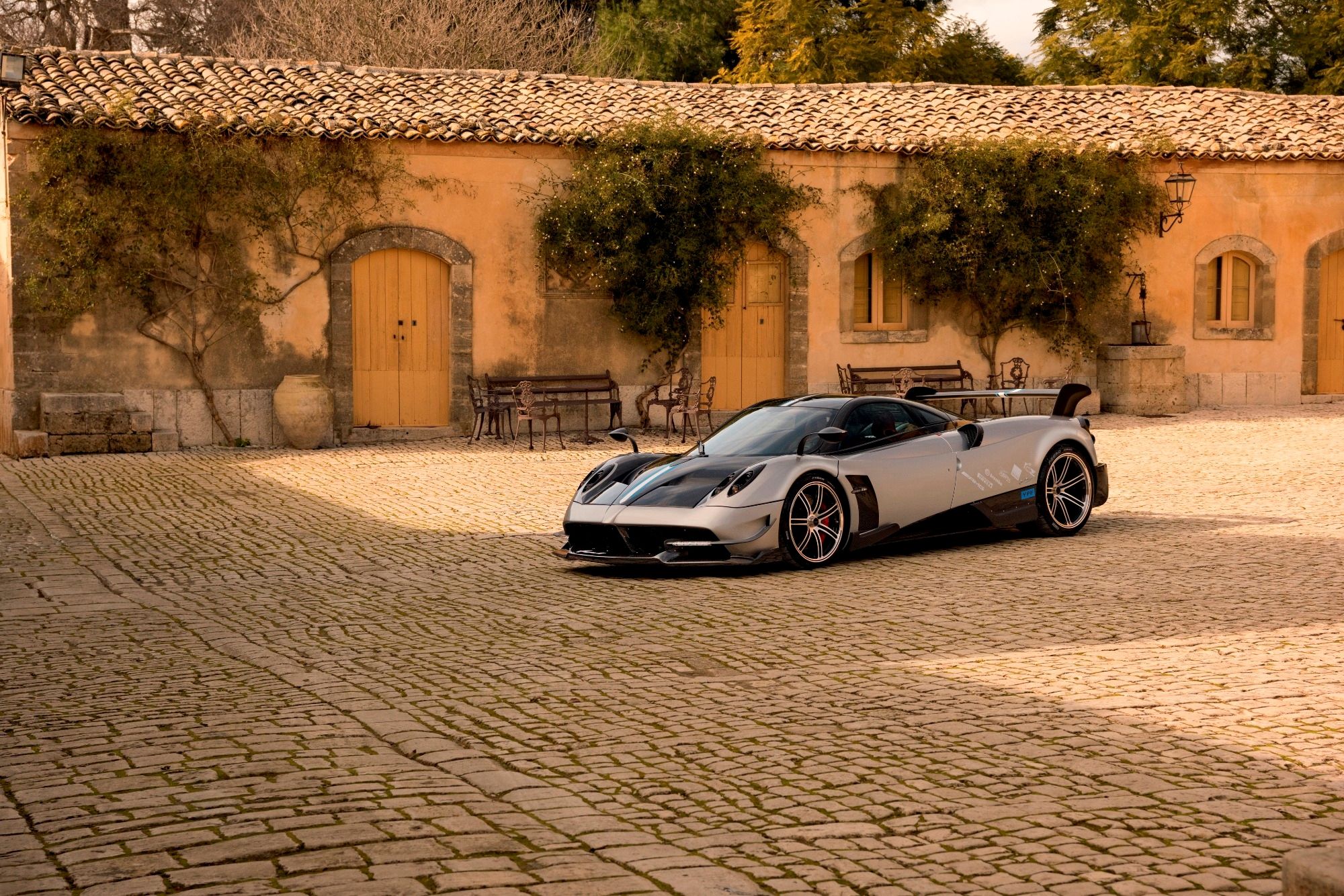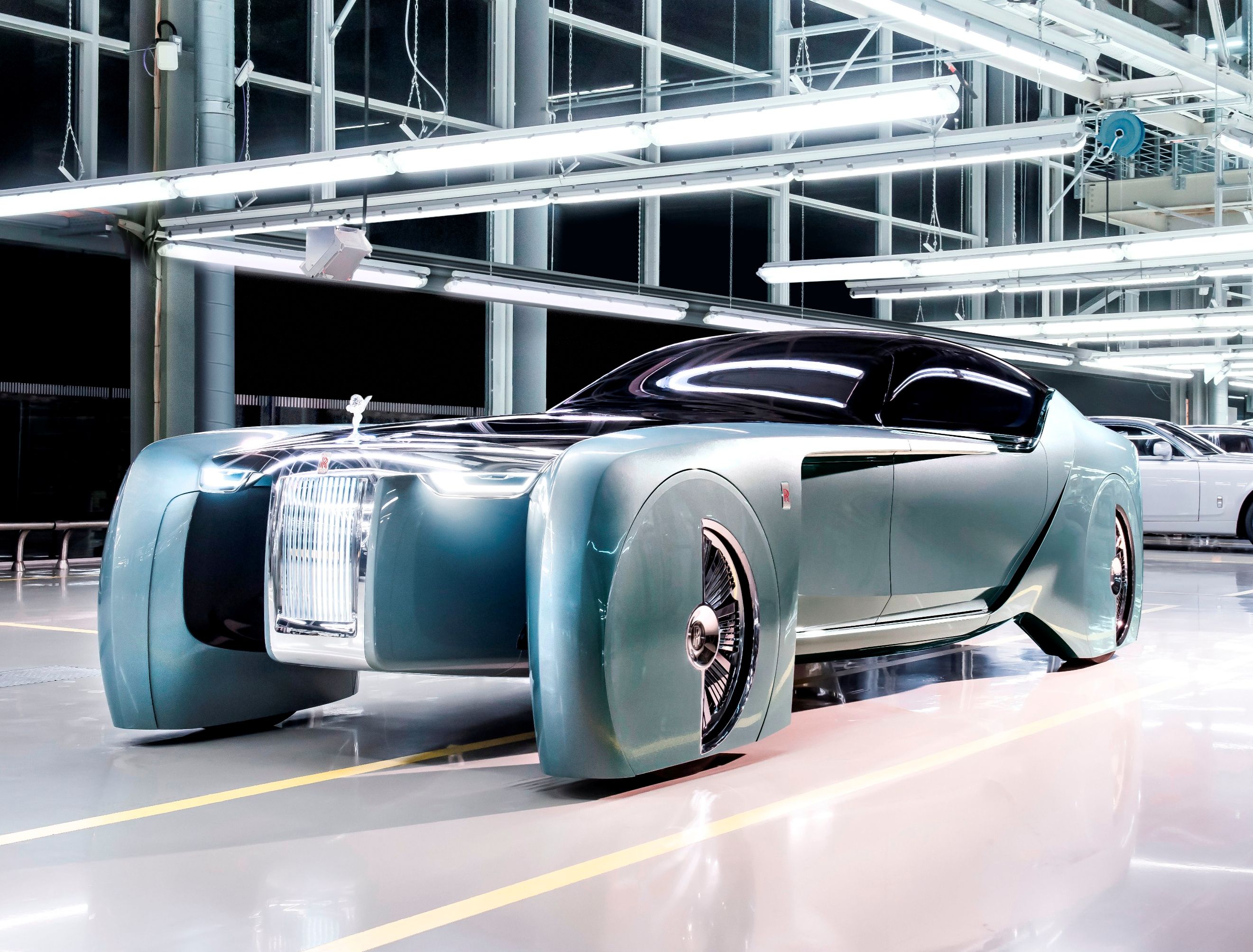
What was once a far-flung idea only a decade ago is quickly becoming part of the mainstream auto industry. Electric vehicles used to be dismissed as nothing more than engineer's and designers' fantasies. Environmentalists loved the idea of zero-emissions vehicles, but regular car buyers and serious gearheads were very much opposed. But automakers saw the EV revolution coming thanks, in part, to Tesla. Greenhouse gas emissions were reaching dangerously high levels and something had to be done. These six EV concepts were intended to be part of the solution. Thing is, all were too weird and futuristic that production didn't appear to be possible. Appearances can be deceiving.
We examined the recent history books and plucked out specific EV concepts that, at first, many deemed impossible on a production level. But times change. Yes, some may still come across as unusual and something out of a science fiction movie, but as we enter the final year of the second decade of the 21st century, we need to prepare ourselves for some major technological disruptions.
Rolls-Royce Vision Next 100
Rolls-Royce unveiled its Vision Next 100 concept back in 2016 and audiences were shocked, to say the least. Instead of a V12 engine, this 20-foot long concept is powered by a pair of electric motors producing a total of 671 hp. Think of it as an all-electric yacht on wheels. as a fully autonomous vehicle, it also lacks a steering wheel. Since passengers won't have to worry about driving, the interior is above and beyond your typical luxury. Everything is handcrafted using only the finest material including Macassar wood trim and plenty of hand-woven silk details. The entire dash features a transparent OLED display. Along with LED exterior lighting and the must-have 'Spirit of Ecstasy', the Vision Next 100 may come across as bizarre, but its technologies and design language are not so futuristic anymore.
Renault Trezor
Yes, we know Renault is currently not doing business in the US, but that could change in the future. Remember, Renault is the third automaker that makes up the Renault-Nissan-Mitsubishi Alliance. The latter two automakers have a major US presence. Renault's technologies could easily find their way to America, and the Trezor concept is just one example. Introduced at the 2016 Paris Motor Show, the Trezor is all-electric with a stunning single piece clamshell hood and canopy. It's a slick-looking design that makes this front-engined GT all the more interesting. Renault is clearly trying to picture what the grand touring coupe of the future could become, and this concept's performance specs are certainly noteworthy.
With a total of 350 hp from its electric motor, 0-60 mph happens in only 4 seconds flat. It can also travel up to 125 miles on a single charge, which really isn't impressive any more considering a Chevrolet Bolt can go up to 238 miles before a re-charge is required. But still, the Renault Trevor concept is a stunning two-seater EV that paves the way for electric sports cars.
Faraday Future FF ZERO1
Did you know that Faraday Future, the troubled startup EV carmaker headquartered in Los Angeles, built an electric hypercar concept in 2016? The single-seater FF ZERO1 has 1,000 hp and is capable of reaching 60 mph in less than 3 seconds. Top speed is in excess of 200 mph. It was even designed to incorporate self-driving technologies. And just to make its exterior all the more radical, the concept sports a glass roof, which isn't something you'd want if you planned to track it. Accidents happen. And yes, Faraday Future has racing in mind. The evidence is inside.
Here, you'll find a racecar style head and neck support system, and even oxygen and water feeders for the driver's helmet. You read that right. With a total of four electric motors, one at each wheel, the FF ZERO1 concept looks outright nuts at the moment, but if the company were to work out its troubled finances, then who knows? Production, likely in very limited numbers, could happen.
Toyota Concept-i
Now that all-electric vehicles are nothing unusual, Toyota figured it was time to take things to an even more advanced level. The Concept-i, revealed in 2017, features built-in artificial intelligence capable of learning the driver's driving style. Toyota even gave the AI a name – 'Yui'. Although the interior layout is fairly straightforward (despite all of the marvelous tech), Yui communicates with the driver, such as giving him or her driving guidelines or greeting them as they approach the vehicle. Toyota is definitely looking far ahead with this one, but we all know AI is developing fast. While electric vehicles like those on sale today may have seemed nearly impossible over a decade or so ago, we might be thinking exactly the same regarding AI in the year 2028.
Chevrolet FNR
Take a guess what 'FNR' stands for. Figured it out yet? 'Find New Roads', which just so happens to be Chevrolet's current slogan (hey, anything is better than 'Chevy Runs Deep'). The autonomous and electric FNR concept premiered in 2015 and it was developed in Shanghai by GM's Pan Asia Technical Automotive Center joint venture. The goal was to prove the American automaker is fully capable of applying necessary technologies to a potential future vehicle. The FNR features a capsule-like design, crystal laser headlights and taillights, dragonfly swing doors, magnetic hubless wheel electric motors, and a wireless charging system. Because it's capable of self-driving, designers decided the front seats should be able to swivel 180 degrees to face the rear seat occupants. The driver can also switch to manual driving mode with a simple hand gesture.
Volkswagen Sedric
Anxious to move on from the whole Dieselgate fiasco, Volkswagen revealed its Sedric concept at the 2017 Geneva Motor Show. Branded as a VW Group vehicle, not just a regular Volkswagen, the Sedric was a joint effort concept, with all of VW's many brands taking part in some capacity. The Sedric name is actually an amalgamation of "self-driving car". It is fully autonomous, evidenced by a lack of steering wheel, and is fully electric. The battery pack is located under the floor so that occupants can fully enjoy a lounge-like cabin.
Step inside and you'll find a large OLED screen with augmented reality in place of a typical windshield. This serves as a communication and entertainment center. Passengers can even ask Sedric about destination, driving time, and the current traffic situation. There's also plenty of space for luggage and gear. Given VW's rapid advancement towards an EV lineup, don't be surprised when in a decade's time concepts like the Sedric are deployed in many of the world's major cities.

